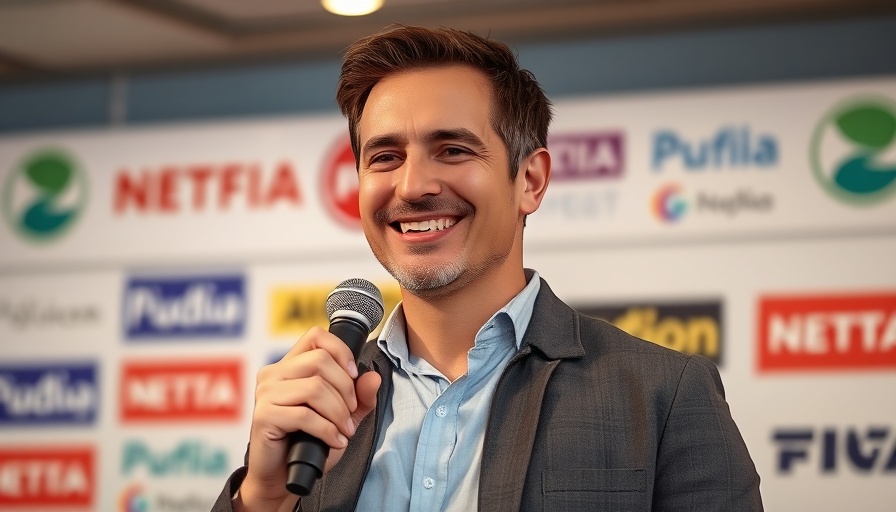
Peretti's Vision: A Continued Digital Rebirth
Jonah Peretti has long been a pioneer at the nexus of digital media and technology, from his early days at BuzzFeed to his latest forays into Artificial Intelligence (AI). As we observe his career, particularly in the face of emerging technologies like generative AI, it's essential to evaluate whether his innovative strategies can lead to long-term stability for BuzzFeed in an era marked by rapid change and market volatility.
Reflections on BuzzFeed's Legacy and Future
The digital media landscape is shifting beneath our feet. BuzzFeed carved a niche by creating viral content and pushing the boundaries of internet culture through shareable media. However, the shuttering of BuzzFeed News in 2023 unveils a pivotal lesson—consistency can often be as valuable as creativity. While Peretti’s entrepreneurial spirit has driven much of BuzzFeed’s success, it also raises questions about whether this constant evolution is leading the company toward a sustainable future.
The Impact of Generative AI on Media Creation
As BuzzFeed pivots toward AI-driven content creation, such as AI quizzes and the development of BF Island, it reflects an adaptability to current technological trends. This strategy not only embodies the company's historical response to the media ecosystem but also highlights a significant shift in content engagement methods. As healthcare institutions increasingly adopt AI tools for patient engagement, BuzzFeed’s ventures could serve as a model for how healthcare IT professionals may harness similar technologies to enhance patient interaction and fulfill consumer demands.
The Risks of Constant Reinvention
Peretti's relentless innovation, while commendable, presents inherent risks. Moving from one concept to another can dilute brand identity and investor confidence. Currently, BuzzFeed’s stock price has dropped significantly from its initial public offering, sustaining shareholder anxiety over its financial health. As healthcare providers and administrators monitor these shifts, understanding the dynamics of BuzzFeed's evolution provides critical insights into fostering stability within their institutions amid changing technologies.
Conclusion: The Road Ahead
As Jonah Peretti attempts to navigate BuzzFeed’s next chapter, the accompanying shifts in strategy serve as a reminder of the delicate balance between innovation and reliability. For healthcare IT professionals and providers, the lessons learned from this ongoing digital saga underscore the importance of strategic planning when adopting new technologies. Engaging with change while maintaining a consistent vision will be vital for success.
 Add Row
Add Row  Add
Add 




Write A Comment